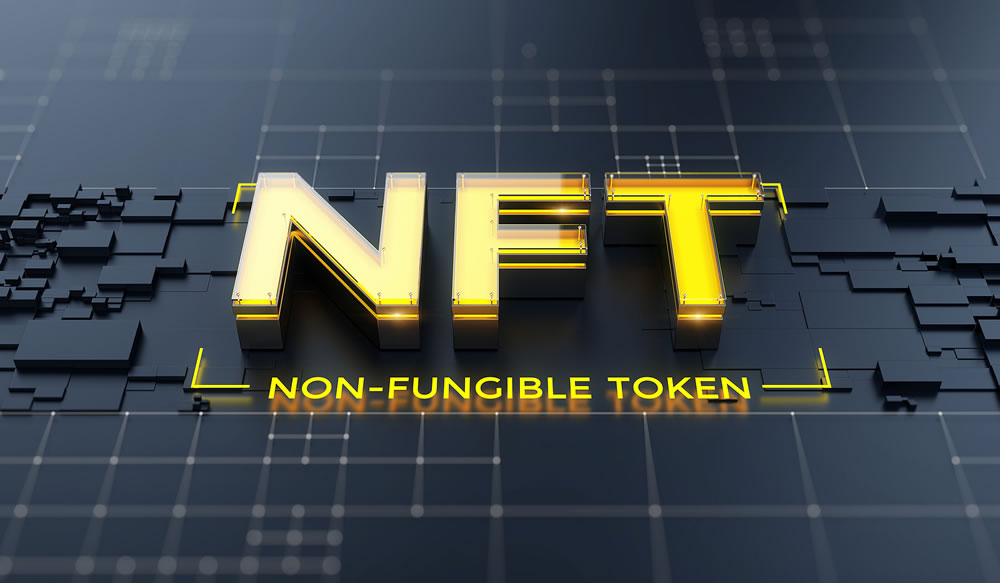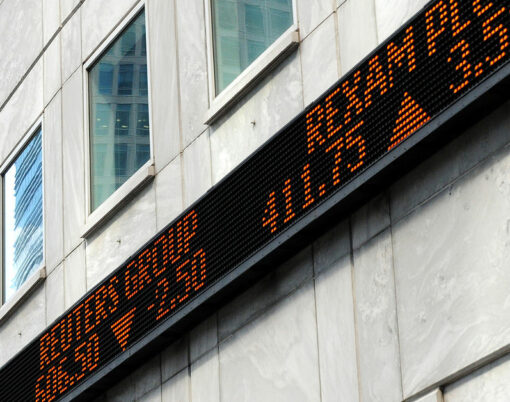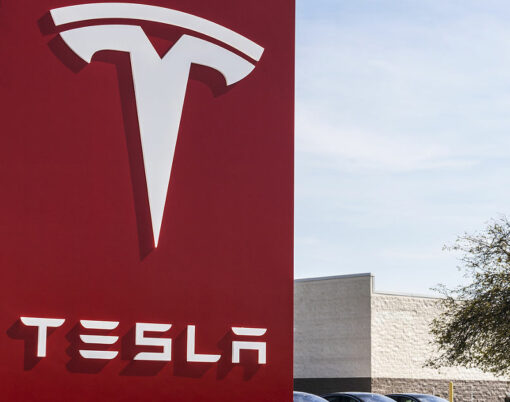If you’re a regular reader of LLM – Luxury Lifestyle Magazine, you’ll know we’ve been keeping an eye on cryptocurrency long before it skyrocketed to new highs in 2021.
In our time covering the blockchain revolution, cryptocurrency has gradually shifted from a fringe industry, primarily the interest of tech-savvy millennials with homemade mining rigs, to what it is today – a mainstream quasi investment asset that has helped fuel the growth of online trading apps such as the Crypto Trader website.
Now, some of the world’s most influential entrepreneurs are fully on-board with cryptocurrency, including Tesla CEO Elon Musk, who recently diversified some of the Silicon Valley vehicle manufacturer’s cash reserves into Bitcoin.
While Musk’s Twitter musings on the merits of crypto are sure to have generated further interest in the blockchain, it’s the rise to prominence of the non-fungible tokens (NFTs) in recent months which has seen the world’s luxury industries sit up and take most notice.

NFTs, in layman’s terms, are unique, non-interchangeable data storage devices, which belong to a digital ledger – like the blockchain which houses cryptocurrencies – containing information. This information can be anything stored digitally, including, but not limited to: photos, videos and audio files. While the information stored on NFTs can be accessed by multiple people, the ledger it belongs to ensures that ownership is retained by one individual.
This may sound a little confusing, but, in reality, this results in a fully digitised and tamperproof platform to commodify high-value items and purchases – including art and music. In the past 12 months, interest in, and adoption of, NFTs has skyrocketed, to the point that the NFT market is estimated to have tripled in 2020 alone – to a reported value of $250 million.
With that in mind, it is not a surprise to learn that luxury industries are beginning to take the rise of NFTs seriously. Major brands across the pricing spectrum have begun to dabble in NFTs – including a number of professional football clubs, like Manchester City, who are using them to incentivise the fan experience.
Global activewear giant Nike is using NFTs to pair physical running shoes with a digital equivalent, while high-end fashion house Louis Vuitton is using NFT technology to track the origins of high-end goods. In celebrity circles, YouTuber Logan Paul partnered with peer-to-peer exchange Bondly to produce, and sell, $5m-worth of NFTs on the Ethereum network in February.

Given the very online nature of NFTs, it was always a likely by-product that the technology would be utilised in jest – and a number of memes have been resurrected, and immortalised, in the form of non-fungible tokens.
Perhaps surprising, though, is the cash value of these items. Iconic memes from years gone by have gone on to provide the people behind the pictures with sometimes life-changing sums of money, all for an NFT.
Laina Morris, of the ‘Overly Attached Girlfriend’ meme, recently auctioned the NFT of her meme for a whopping 200 ether, the equivalent of nearly $450,000 US dollars. Some price for internet infamy.
While Laina’s haul is the highest reported sum for a meme at this stage, there are raft of notable meme auctions of late, including Bad Luck Brian (nearly $45,000) and Scumbag Steve (nearly $70,000).

The digitised ledger which powers NFTs also ensures that the content originators, in these cases, the meme sources themselves, will also take a cut in any future fee.
Martha Bennett, principal analyst at market research firm Forrester, believes that the main driving force behind the mass adoption of NFTs comes from the peace of mind that the digital ledger provides.
“Overall, there is a trend towards representing physical assets in a digital form,” she told Vogue. “I would say to a luxury house, be aware of what’s going on because if you don’t become directly involved, someone else might. ”
According to data from Bennett’s firm, adoption of cryptocurrencies in the luxury consumer market is still low. However, with crypto’s ever-rising value, alongside innovations like NFTs, the blockchain is growing ever harder to ignore for luxury purveyors. “In the context of the luxury industry, it isn’t going to become a mainstream payment instrument, but that’s not to say that brands should entirely ignore it.”






















